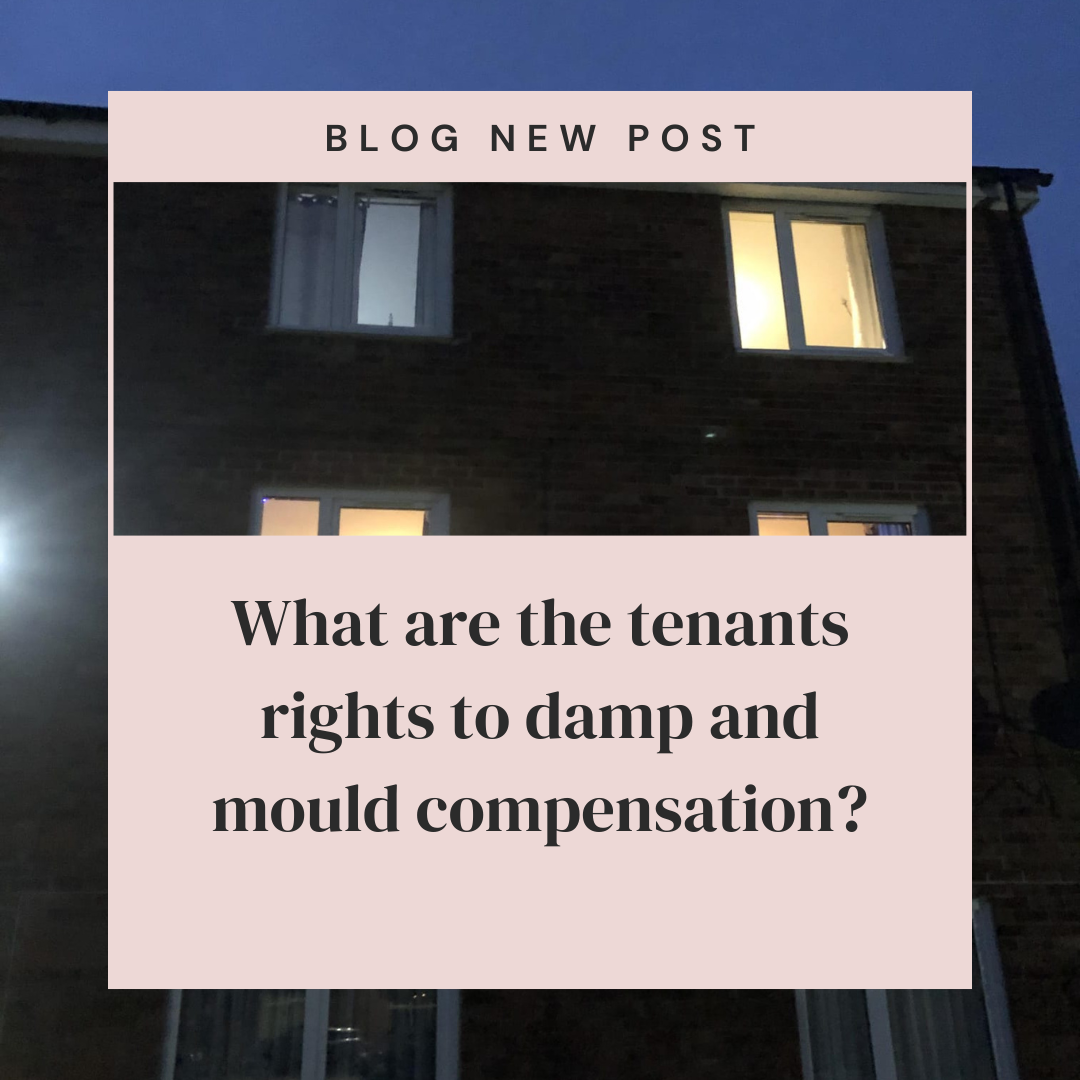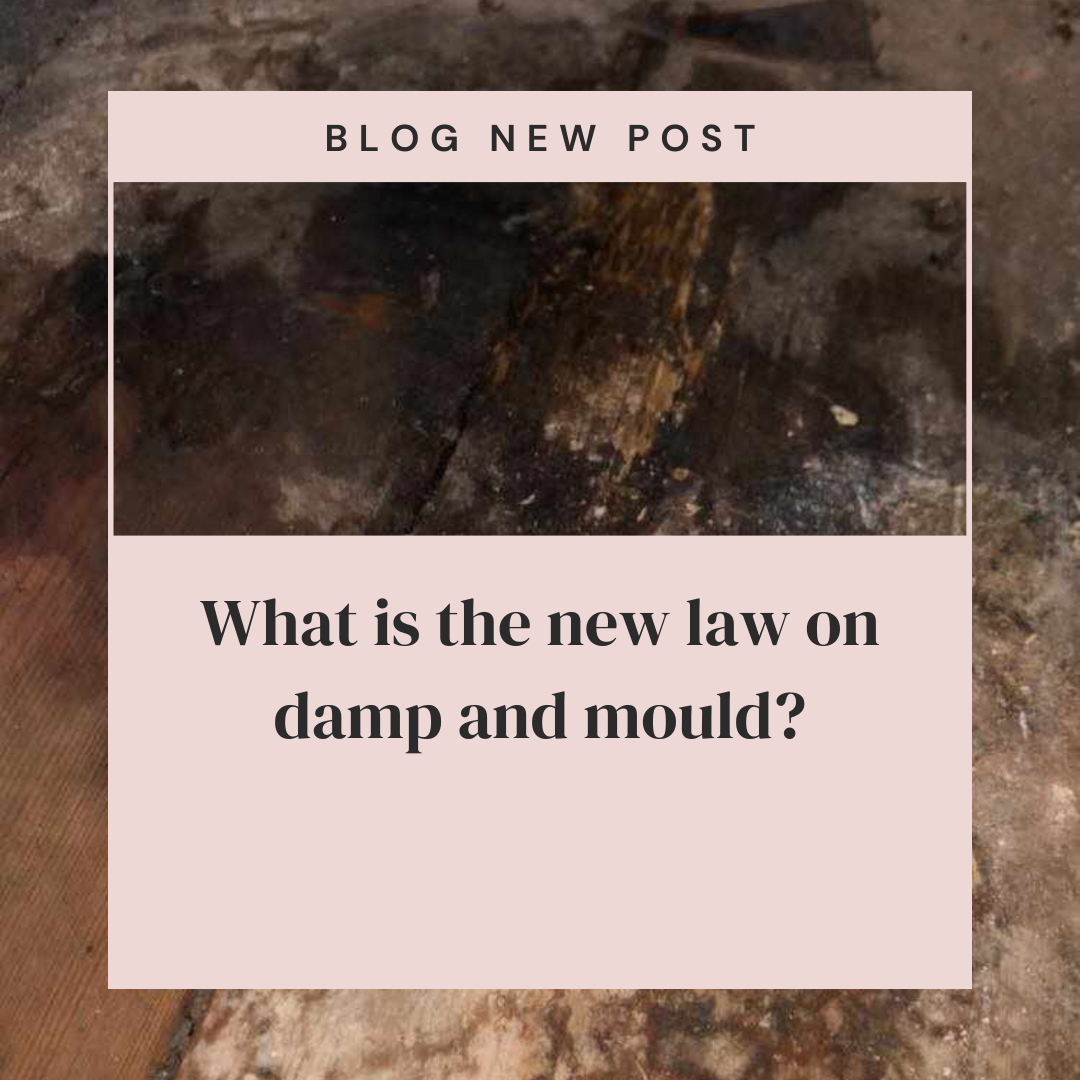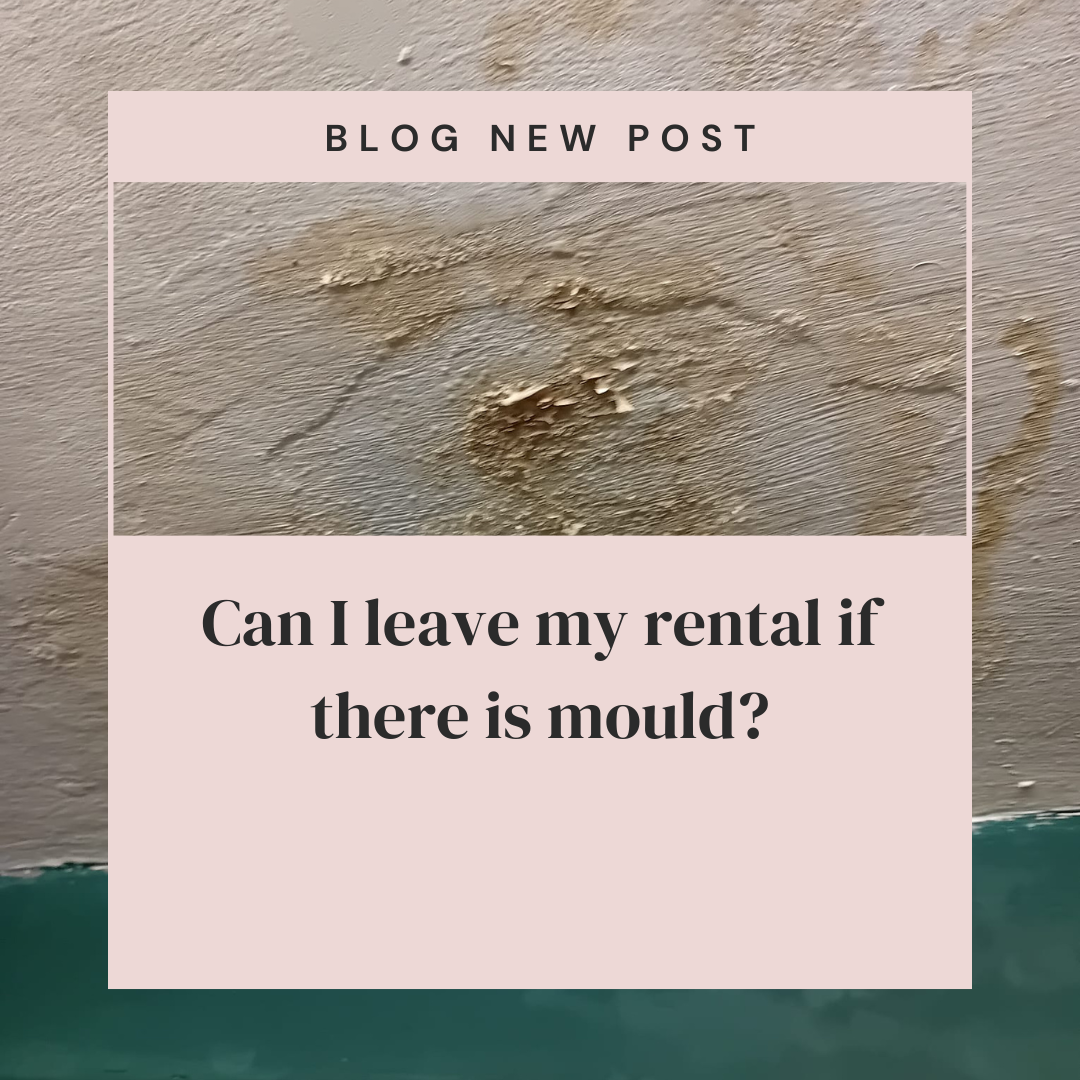What are the tenants rights to damp and mould compensation?
What are the tenants rights to damp and mould compensation? Damp, leaks and mould growth in rented housing can spark endless disputes between tenants and landlords regarding repairs duties. But in cases where excessive moisture causes proven illness or damage, what specific compensation rights can adversely affected tenants pursue?
Compensation Category 1 – Personal Injury
If poor property conditions directly provoke respiratory issues, allergic reactions or other medical complications, eligible tenants have rights to recover:
- Healthcare expenses like medication, doctor visits
- Loss of income from time off work
- General damages for physical/mental suffering
To claim, obtain doctor confirmation the symptoms resulted from hazardous exposure to fungal spores, bacteria etc rather than other factors. Photos evidencing mould growth in main living areas further builds the link to landlords breaching repair duties.
Compensation Category 2 – Property Damage
Tenants also commonly seek damages from landlords when:
- Leaks and penetrating damp rot wooden furniture
- Mould fouls clothes, fabrics and other possessions
- Waterlogging breaks electrical devices
Here, documented monetary estimates for replacing destroyed items or repair invoices from tradespeople help quantify losses for any claim.
Other Possible Claims
Additionally, some tenants secure payouts relating to:
- Temporary accommodation costs if houses require uninhabitable decanting during repairs
- Overall detriment to rent value from exposure to health risks
- Stress and disruption if landlords ignore repair notifications
In all instances, early written records of requesting landlords fix issues then facing inaction assists claims. But most critically – no tenant should suffer poor health or unsafe surroundings from neglected housing defects. Flagging rights to court-ordered compensation motivates overdue improvements.
If you want free expert advice on what your rights are as a social housing tenant, then please feel free to contact our client services team. They will listen to your issues and let you know what your options are.
Important links
Housing Disrepair Advice: https://housingdisrepairadvice.org/contact
Housing Ombudsman: https://www.housing-ombudsman.org.uk/



